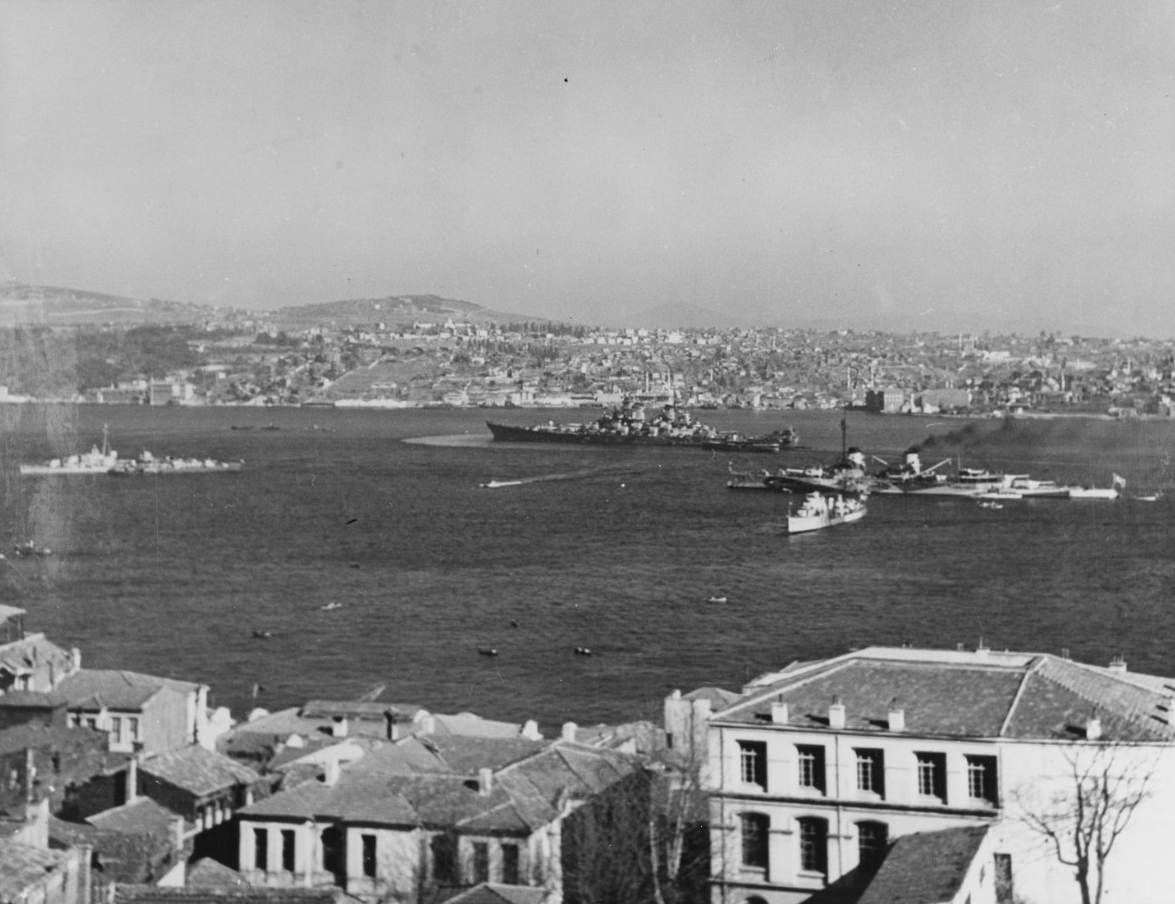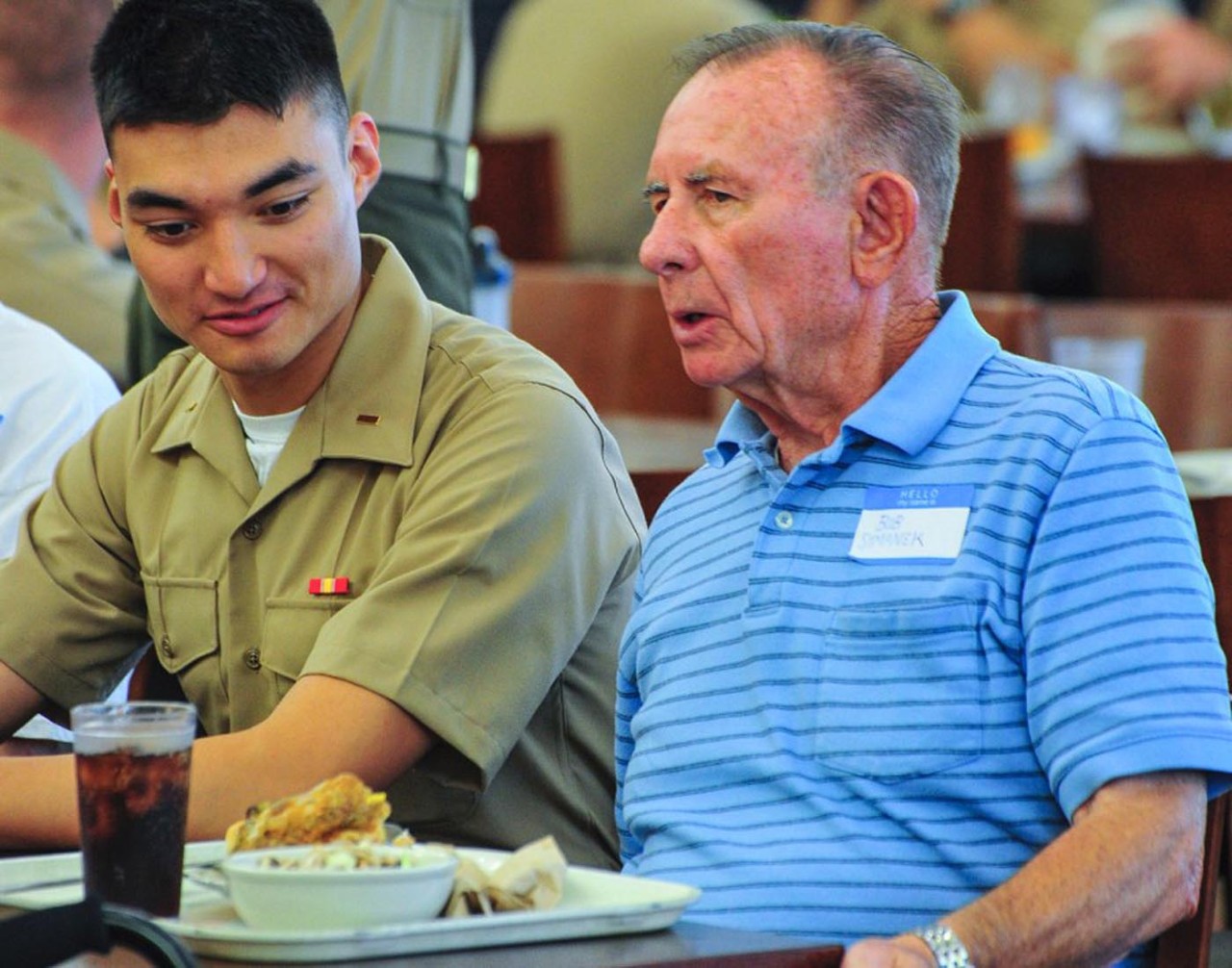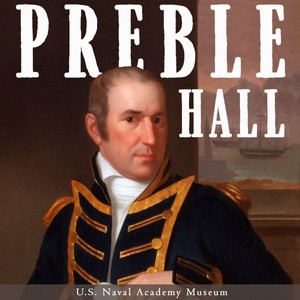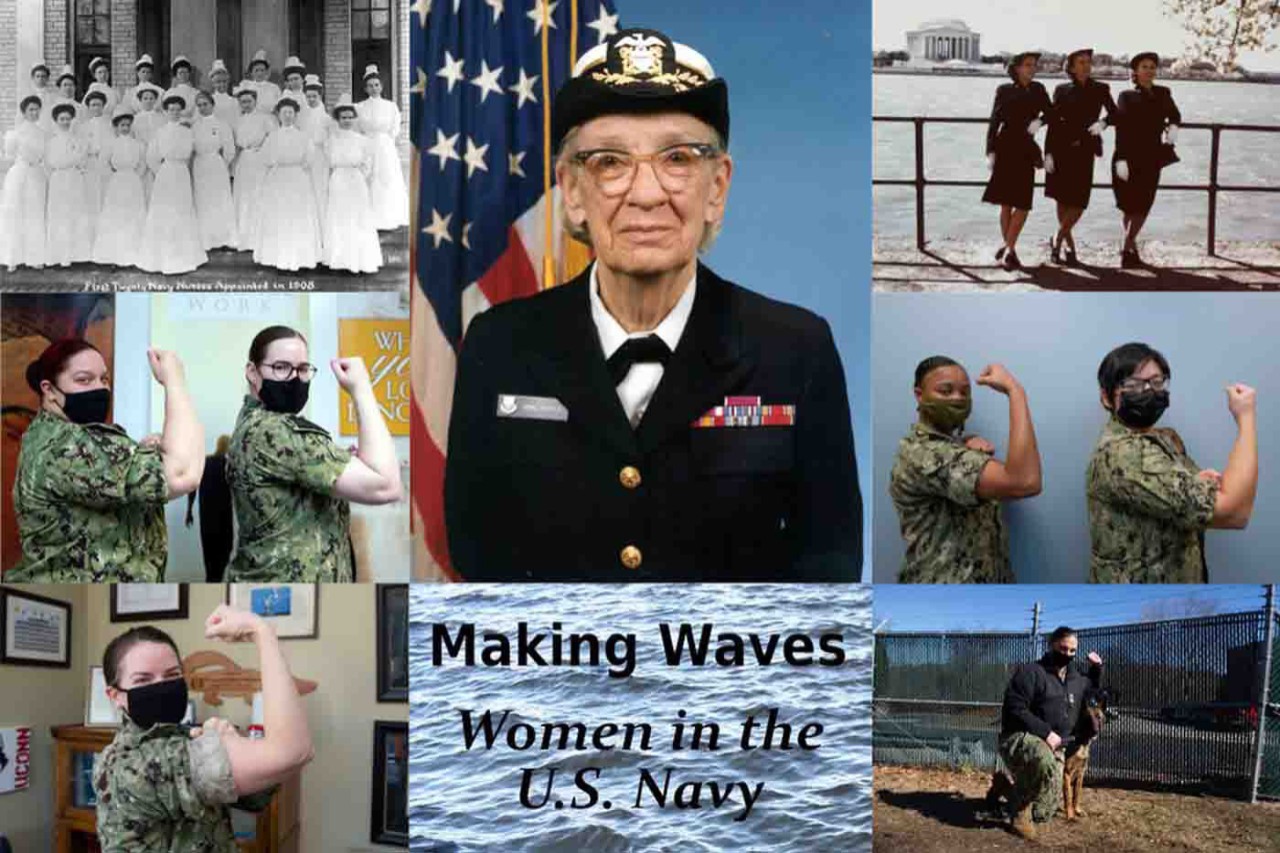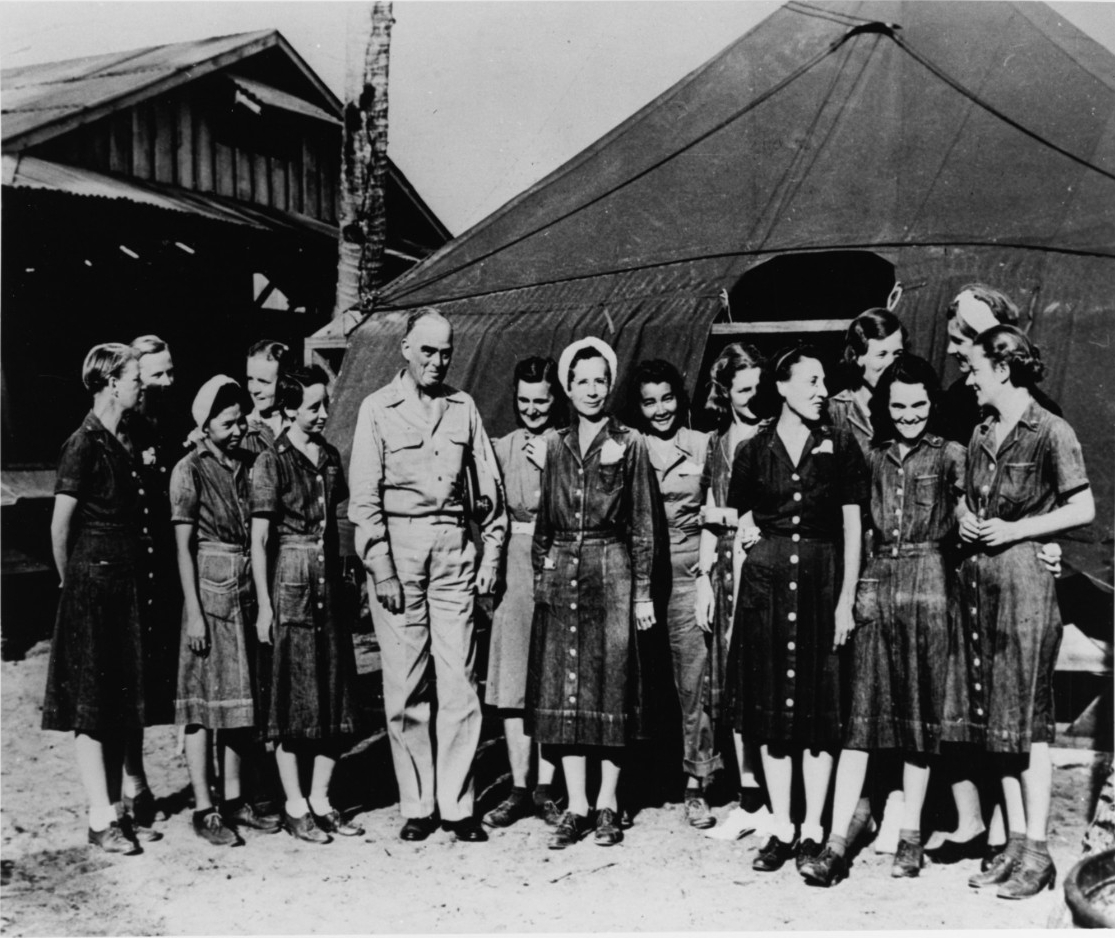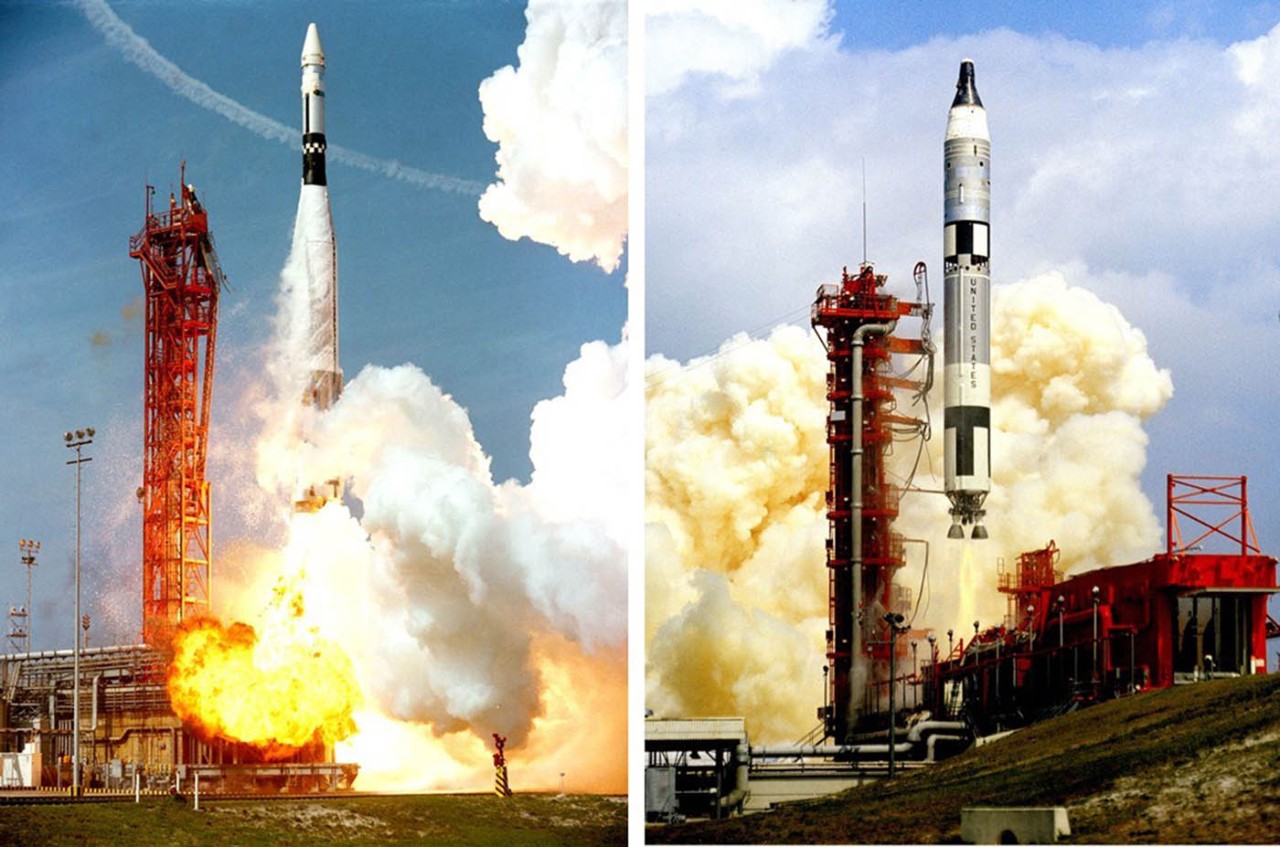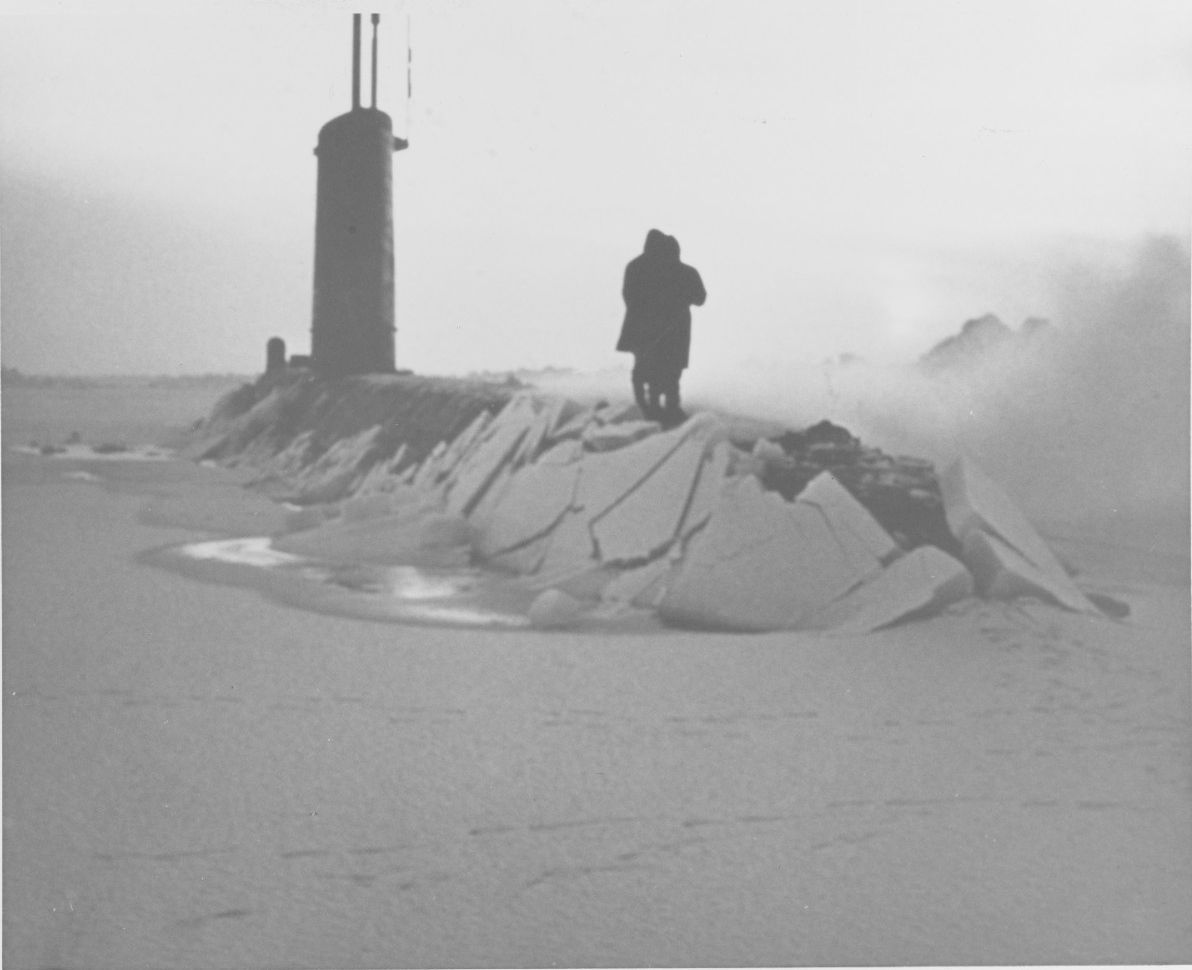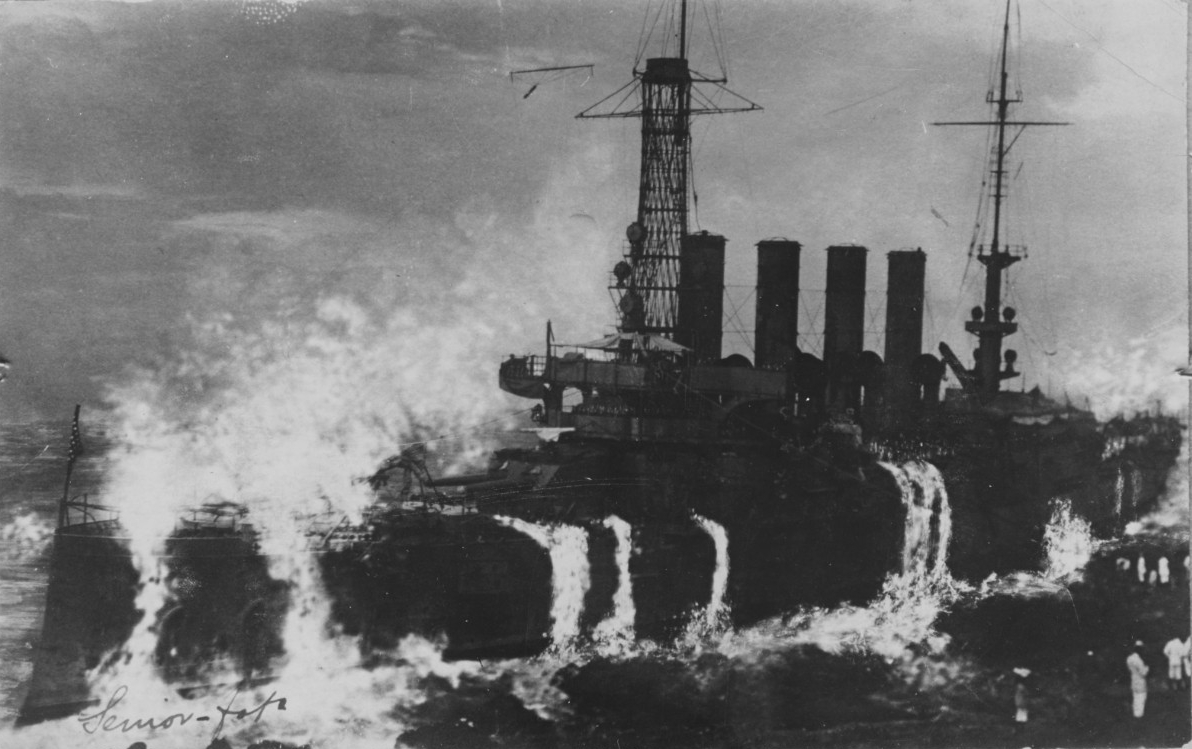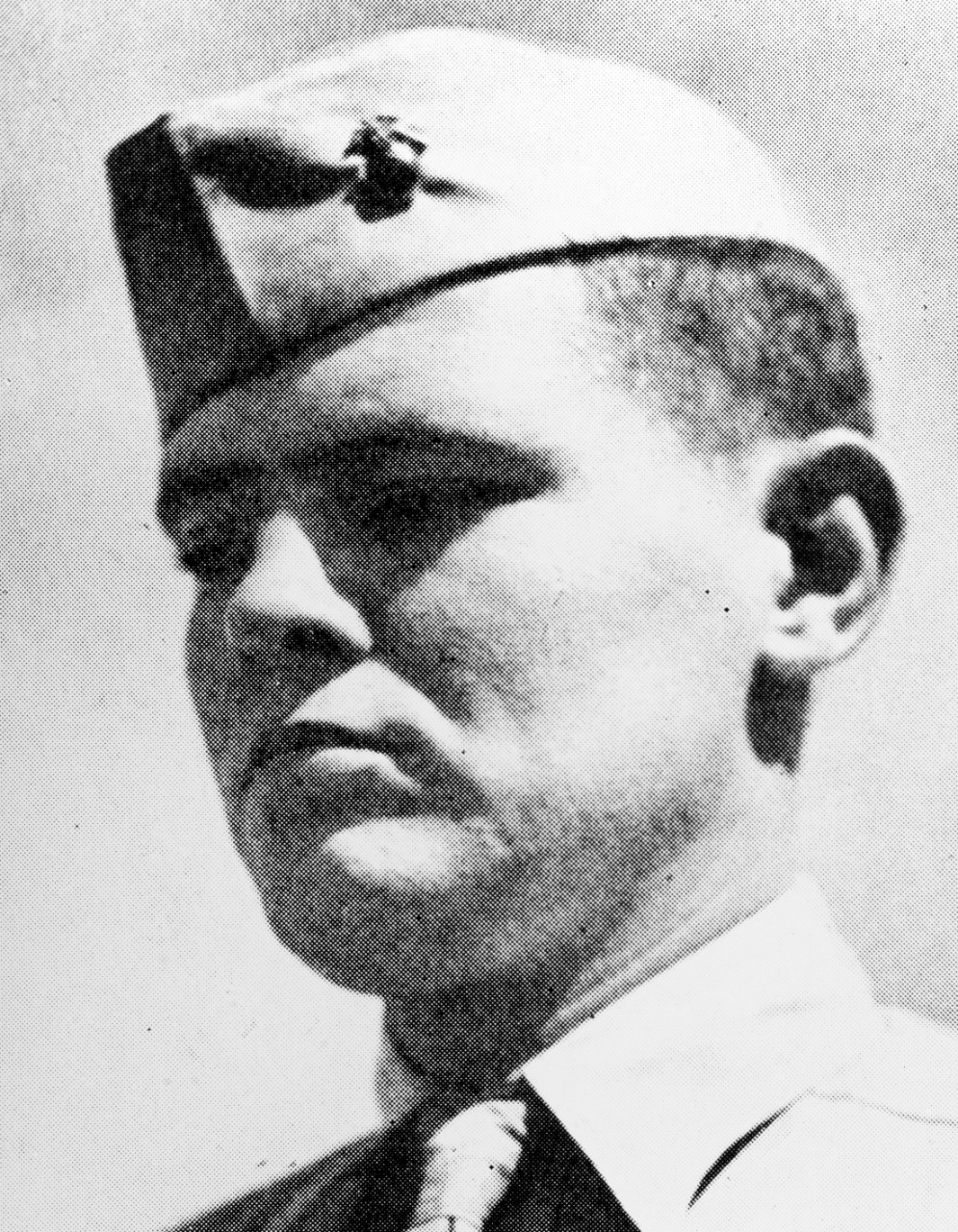Compiled by Brent Hunt, Naval History and Heritage Command’s Communication and Outreach Division
Missouri Returns Deceased Turkish Ambassador to Homeland—75 Years Ago
On March 22, 1946, USS Missouri departed the United States to return the body of deceased Turkish ambassador, Mehmet Munir Ertegun, back to his homeland for burial, arriving in Istanbul April 5. “Mighty Mo” rendered full honors, including the firing of a 19-gun salute during both the transfer of the remains of the late ambassador and the funeral ashore. The visit also was aimed at influencing Russian Middle East policy. On April 9, Missouri departed Istanbul and entered Phaleron Bay, Piraeus, Greece, the following day for an overwhelming welcome by Greek government officials and local citizens. Missouri had arrived in a year when there were ominous Soviet activities in the entire Balkan area. At the time, Greece had become the scene of a communist inspired civil war. The voyage of Missouri to the eastern Mediterranean gave comfort to both Greece and Turkey, and it became obvious that the United States intended to use its naval sea and air power to stand firm against the tide of Soviet subversion. For more on the Navy’s role during the Cold War Era: 1945–1991, go to NHHC’s website.
Ship to be Named for Korean War Medal of Honor Recipient
A U.S. Marine veteran, who received the Medal of Honor for his actions during the Korean War, is getting more recognition—a new U.S. Navy ship will be named in his honor. The Expeditionary Sea Base USS Robert E. Simanek is scheduled to be launched in 2024. The ship is capable of completing an array of missions to include launching helicopters, small boats and unmanned surface vehicles, and handle special operations, troop transportation and maintenance services. “I didn't think having a ship named after me would happen,” said Simanek, who is now 90-years-old. “I was tickled to death when I found out about it.” Simanek was just 22-years-old in 1952 when his squad was ambushed by Chinese troops. Already wounded by shrapnel, he threw himself on a grenade to save his fellow Marines from the blast. Somehow, he survived, and after nearly a year of recovery received the nation’s highest honor at the White House from President Dwight D. Eisenhower. For more, read the article. For more on ship naming in the U.S. Navy, go to NHHC’s website.
Preble Hall Podcast
In a recent naval history podcast from Preble Hall, Cmdr. BJ Armstrong, PhD, and Dr. Tyler Pitrof from the U.S. Naval Academy's History Department discuss teaching naval history, favorite historians, and the importance of understanding naval history. The Preble Hall podcast, conducted by personnel at the U.S. Naval Academy Museum in Annapolis, MD, interviews historians, practitioners, military personnel, and other experts on a variety of naval history topics from ancient history to more current events. In addition, a discussion with historian and author Dr. Jamie Goodall has been added to the podcast as well.
Making Waves: Women in the U.S. Navy—Yesterday, Today, and Tomorrow
In today’s U.S. Navy, women serve proudly alongside their male colleagues with great opportunity ahead of them and a plethora of history and perseverance behind them. The history of women serving in the Navy began in 1908 with the establishment of the Navy Nurse Corps. Esther Voorhees Hasson—a contract nurse during the Spanish-American War—was appointed superintendent when she joined 19 other women to form the “Sacred Twenty.” They were the first women to officially serve in the U.S. Navy. During the 20th century, women made great strides when manning issues in World War II compelled the Navy to open enlistment for women. Groundbreaking legislation came in 1942 when President Franklin Roosevelt signed Public Law 689 that authorized the establishment of Women Appointed for Voluntary Emergency Services (WAVES). For more, read the article. For more on women in the U.S. Navy, go to NHHC’s website.
Twelve Anchors
Late last year, Chief of Naval Operations Adm. Michael Gilday and his wife installed in Washington Navy Yard’s Tingey House an exhibit entitled “Celebrating Navy Women: Perseverance and Achievements.” On Feb. 23, 1945, 11 female Navy nurses and one Filipino nurse were liberated from a Japanese prisoner of war camp in the Philippines. The nurses were captured in the aftermath of the Pearl Harbor attack when the Japanese invaded the Philippines. Over the course of their more than three-year imprisonment, these “12 Anchors” provided invaluable medical assistance to their fellow POWs. Lt. Cmdr. Laura Mae Cobb, who trained as a nurse in Kansas and led the group, joined the U.S. Navy Nurse Corps at the start of World War I. During the outbreak of World War II, Cobb was chief nurse at the Canacao Naval Hospital in Manila. For more on the nurse’s plight, read the blog by NHHC’s Denise Krepp at The Sextant.
Gemini 8 Launched
On March 16, 1966, Gemini 8 was launched at Cape Canaveral, FL. Former naval aviator Neil Armstrong and Air Force Maj. David R. Scott were on the mission that completed seven orbits in 10 hours and 41 minutes at an altitude of 161.3 nautical miles. It was the first mission to link two spacecraft together in Earth’s orbit. After 30 minutes, the crew was forced to undock with Agena due to problems with Gemini’s control systems. The Gemini program, the precursor to the Apollo missions, defined and tested the skills NASA would need to go to the moon in the 1960s and ‘70s. Gemini had four main goals: to test the astronaut’s ability to fly long-duration missions; to understand how spacecraft could rendezvous and dock in orbit around the Earth and moon; to perfect re-entry and landing methods; and to further understand the effects of longer space flights on astronauts. Recovery of Gemini 8 was undertook by USS Leonard F. Mason. For more, read the article. For more on the Navy’s role in space exploration, go to NHHC’s website.
Skate First to Surface at North Pole
On March 17, 1959, USS Skate became the first submarine to surface at the North Pole. During the voyage, Skate, the first of her class, steamed 3,900 miles under pack ice, surfacing 10 times. On the day she first surfaced, Skate committed the ashes of famed explorer Hubert Wilkins to the Arctic. When the submarine returned to port, Skate was awarded a bronze star in lieu of a second Navy Commendation for demonstrating “…for the first time the ability of submarines to operate in and under the Arctic ice in the dead of winter…” For more on the submarine force, go to NHHC’s website.
Webpage of the Week
This week’s Webpage of the Week is a revamped page in NHHC’s notable ships. Tennessee—renamed Armored Cruiser Memphis in May 1916—was commissioned at the Philadelphia Navy Yard on July 17, 1906, and on her maiden cruise later that year, served as an escort for Louisiana that had embarked President Theodore Roosevelt for a cruise to check on the status of work constructing the Panama Canal. On the afternoon of Aug. 29, 1916, Memphis and pre–Spanish-American War gunboat Castine were at anchor when at approximately 3:30 p.m. a series of very close tsunami-like waves inundated the Dominican Republic harbor, driving Memphis ashore and almost wrecking Castine. The waves were so steep, reportedly 75 feet high, that they flowed over the armored cruiser, including the bridge and even the stacks, and repeatedly battered the warship into the harbor bottom. The crew of Memphis battled to save the ship, but the sea’s abrupt destructive action proved to be too much. Along with the loss of the ship, 43 Sailors lost their lives and many more were wounded. Check this page out today, it contains a short history, suggested reading, and selected imagery.
Today in Naval History
On March 15–16, 1945, during the Battle of Iwo Jima, Pharmacist’s Mate First Class Francis J. Pierce repeatedly opened himself up to enemy fire to protect Marines under his care while attached to the 4th Marine Division. While caught in heavy enemy machinegun fire that wounded multiple Marines, Pierce quickly took charge, carried the wounded to safety, and rendered first aid. After directing the evacuation of three casualties, he stood in the open with his weapon blasting to draw enemy fire, enabling the litter bearers to reach cover. Turning his attention to others, Pierce attempted to stop the profuse bleeding of a casualty when a Japanese soldier fired at him from less than 20 yards away, wounding his patient. Pierce proceeded to kill the enemy with the last of his ammunition. He then lifted the patient on his back and trekked 200 feet, bringing him to safety. Despite extreme exhaustion, he backtracked the same terrain and rescued another fallen Marine. The following morning, he led a combat patrol to a sniper nest and, while providing aid to a stricken Marine, was seriously wounded. Pierce received the Medal of Honor for his extraordinary valor and heroism.
For more dates in naval history, including your selected span of dates, see Year at a Glance at NHHC’s website. Be sure to check this page regularly, as content is updated frequently.

